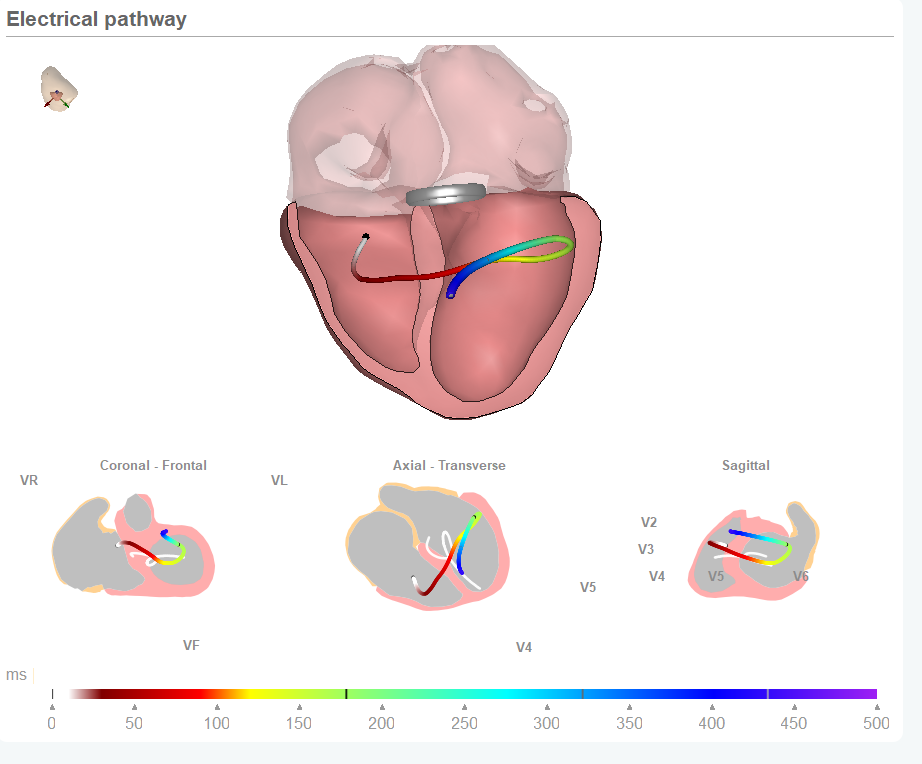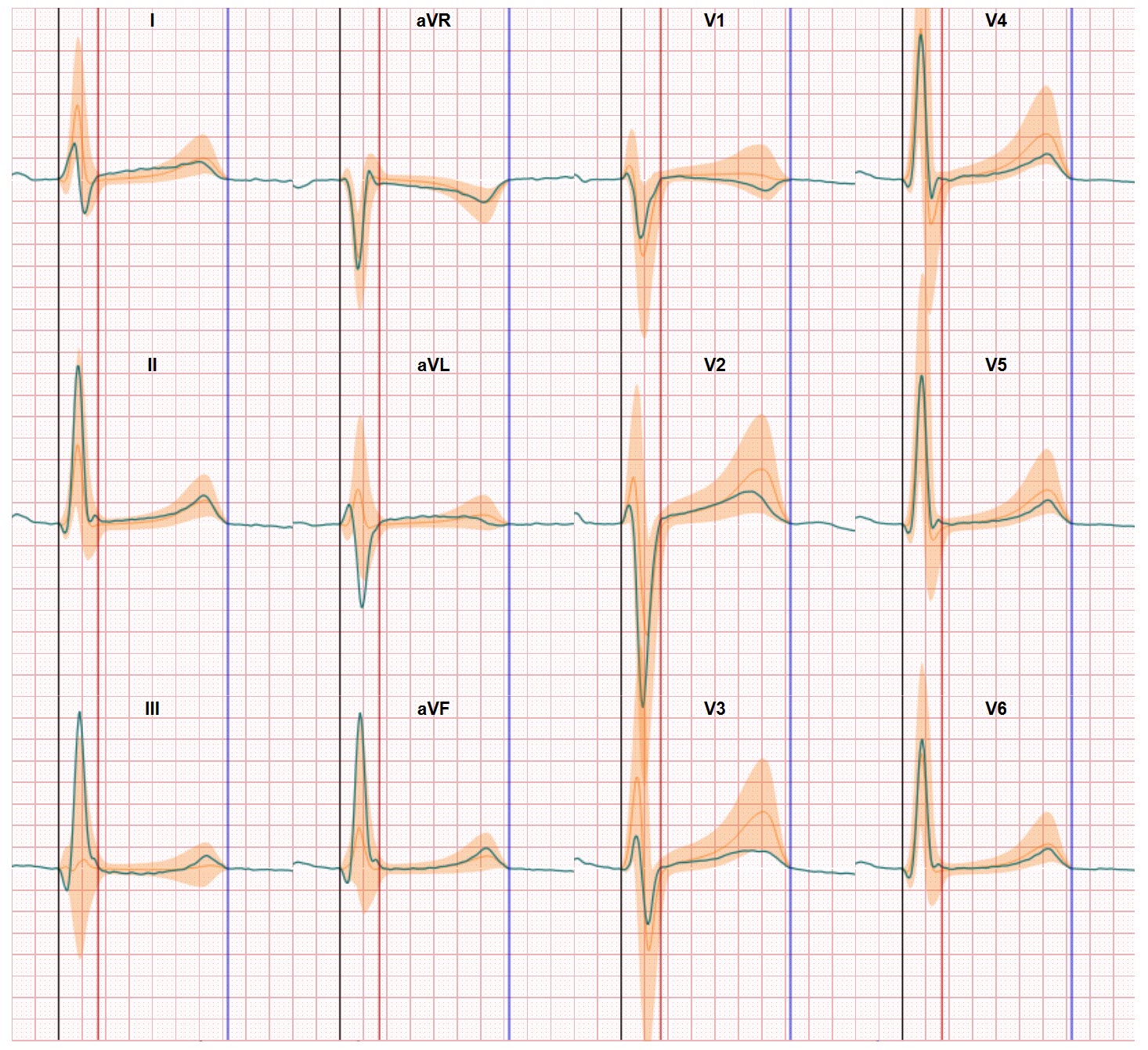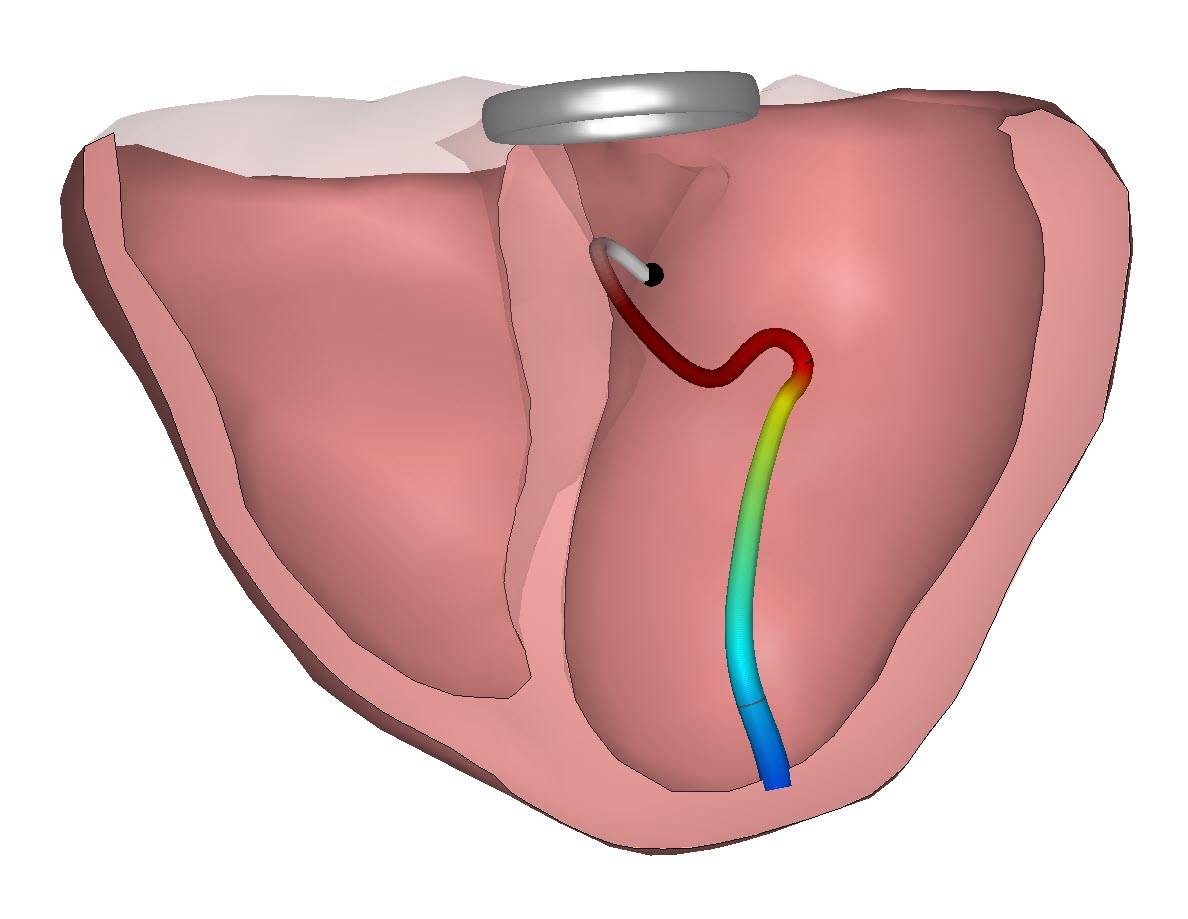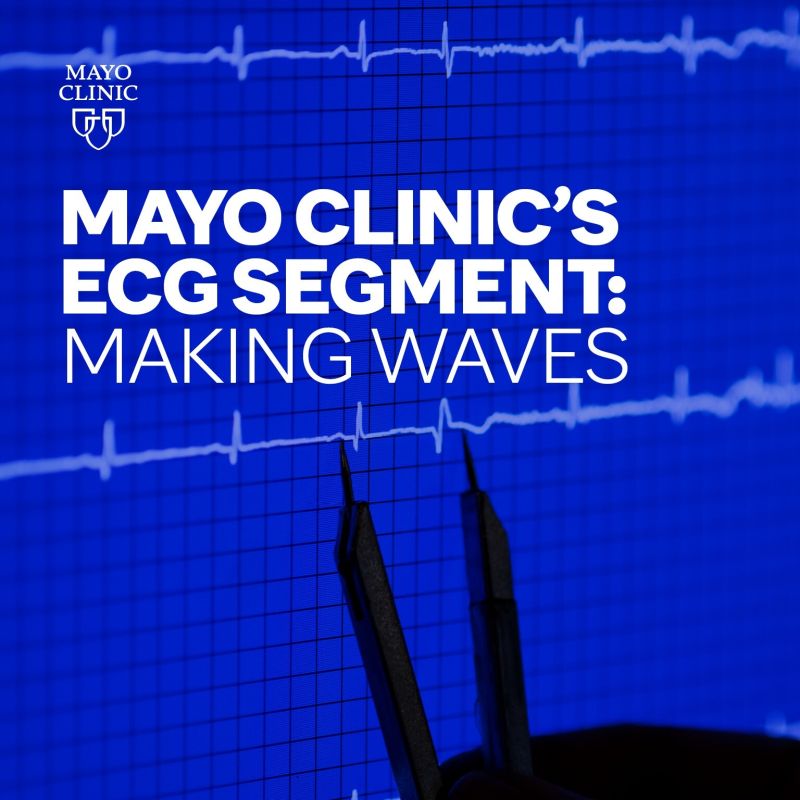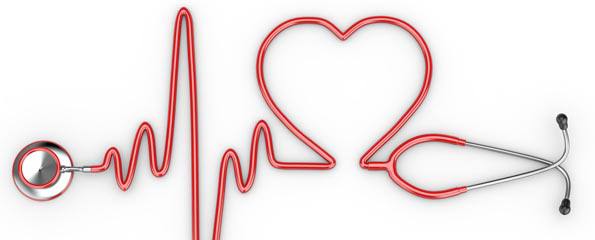The electrocardiogram (ECG) is an often used, low cost, rapid noninvasive diagnostics instrument, yet the essentials of recording ECG need to be followed to avoid misinterpretation of the ECG data.
Following a few principles will support an ECG recording with the effective quality needed for an effective interpretation by a trained medical professional. This type of message are part of the training of clinical staff and of course propagated by the ECG recording device manufacturers.
And an correct ECG interpretation is essential for diagnosis, treatment planning, disease monitoring when cardiac disorders or an increased risk for such disorders are in play.
Placing the ECG electrodes on the torso
It’s essential to ensure the electrodes are placed correct on the torso. First this means making sure the electrodes conduction is not hindered by a poor connection to the skin. And such a poor connection can be the result of body hair between electrode and skin, or result from fluid layers between skin and electrodes (gels, lotions, oil). And the saturation of the skin (dryness has a negative impact on conduction) is a conduction factor.
Second, the connection between the electrodes and the ECG recording device needs to be correct. Research shows there still is a consistent 5% of cases in which the cables have been switched which for instance means the cable for the right leg is connected to a electrode for the right arm or the left leg. The existence of two different cable color coding systems is not really helpful in this matter.
Third, the electrodes need to be positioned on the correct locations on the torso. This is another area for errors and this happens a lot. According to studies in male ECG recordings one or more ECG electrodes closest to the heart (the six so-called pre-cordial electrodes) are misplaced in 50% of the recordings. And for females the number of cases with correct placed electrodes is only 20% in these studies. The normative base for these electrode positions were male torso’s which may explain the high percentage of misplacement. If you just look at the image used in this blog you may notice these electrodes are not correctly placed, mistakes are easily made!
All of these three essentials for ECG recording have an impact on the quality of the ECG data. Either the data is missing from an electrode, the data in inaccurate (switched electrode cables) or the ECG waveform does not represent a recording from the recommended position (2 cm position difference already impacts the ECG waveform).
The ECG technology settings must be correct
The ECG graphs presented to the physicians are not the raw data (differences in potential values between two electrodes over a period of time) recorded by the ECG device. This once was the case in the early ECG days when the recorded data was plotted direct on a piece of paper. But today the electronics within the ECG recorders apply noise filtering which makes the ECG graph looks ‘cleaner’ and also sampling which is a technology to support the digitization of the analog recorded data. Sampling frequencies steer the number of data points used to create the graphs and the device needs to be programmed to find a balance between processing time and catching still enough information to support an effective ECG interpretation. Finally the technology also needs to select the so-called fiducial points. This are the critical elements in the ECG graph where the end and beginning of new phases in the heart activation are determined.
There are clear measurable differences to be seen in the workings of the software which is used by the ECG recorders to perform the technology essentials described above. An ECG data set can therefore result in different timing results when processed by different ECG recorder brands.
More to see in the ECG
ECG waveform interpretation is even more challenging since this assessment also needs a level of certainty regarding the position of the baseline within the ECG graph. And this position is influenced by aspects as described above (electrode positions, filtering, sampling, electrode conduction) and also the heart position and rotation within the torso.
Al the aspects described above have an impact on the ease and quality of ECG interpretation. If you take all this into account ECG interpretation can still be considered an art. And as is the case with most arts, there are a few masters and many who try to achieve the level of the masters. But do not despair, help is on its way. Further digitalization makes it possible to see more in the ECG and bypass the limitations which physicians had to face over the past century. The essentials of ECG recording will remain but ECG interpretation will be easier and better.

